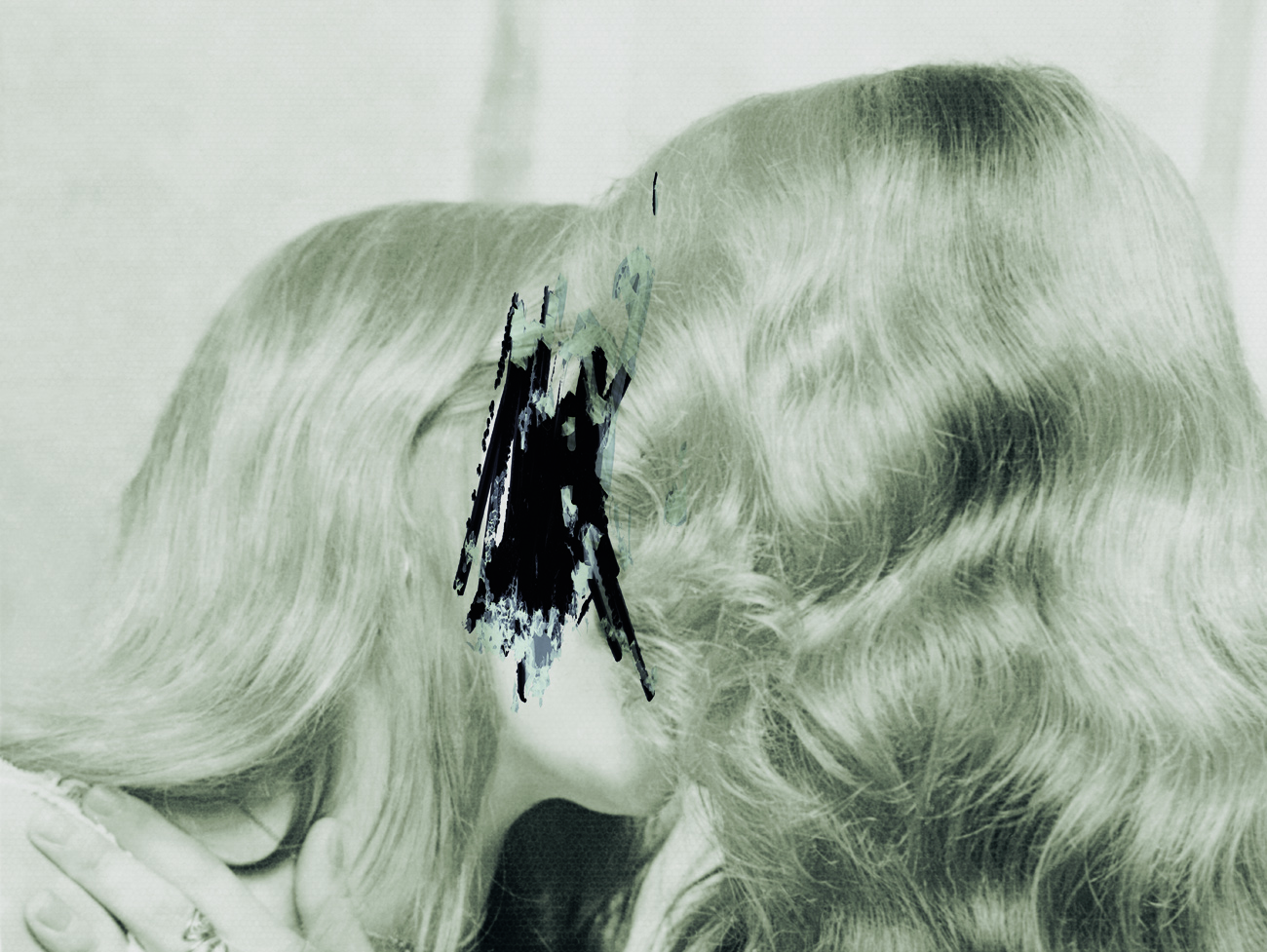Purple Magazine
— S/S 2008 issue 9
Sante d’Orazio
I THINK IT WAS ON AN EROTIC POSTCARD that I first saw a photograph in which a black bar covers the eyes of someone. I couldn’t figure it out. Who would have been so interested in the eyes? Later I realized it was to hide the subject’s identity. But why? Were they famous? Would the type of people who posed for such pictures be that worried about being recognized? Then I realized it was probably to protect them from prosecution. Yes, that might be why old porn shots have black bars over the eyes. To protect people from the sheriff.
Along the same lines: In Japan teams of little old ladies armed with magic markers black out the genitals of models in imported porn magazines. Not that someone would be recognized from their labia. But crossed out they become acceptable; the unacceptable body part is…

